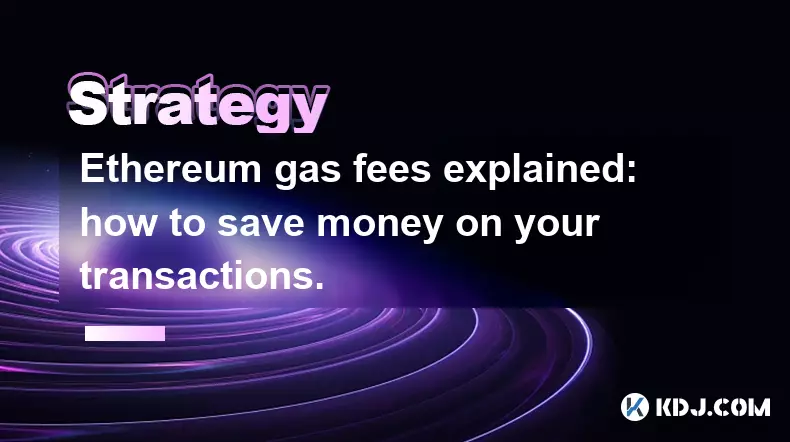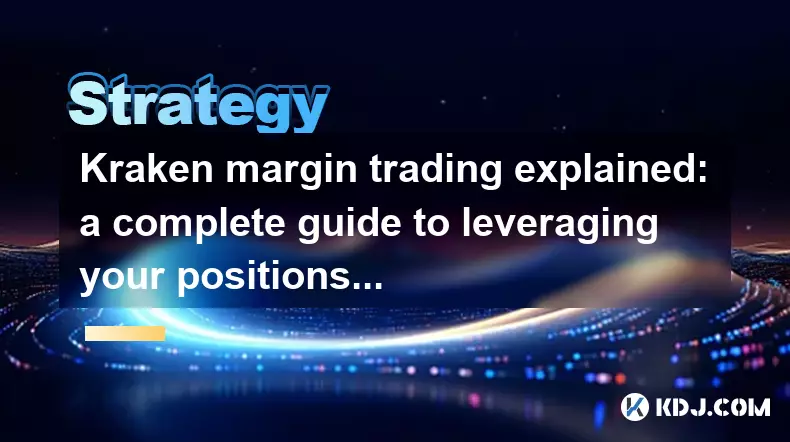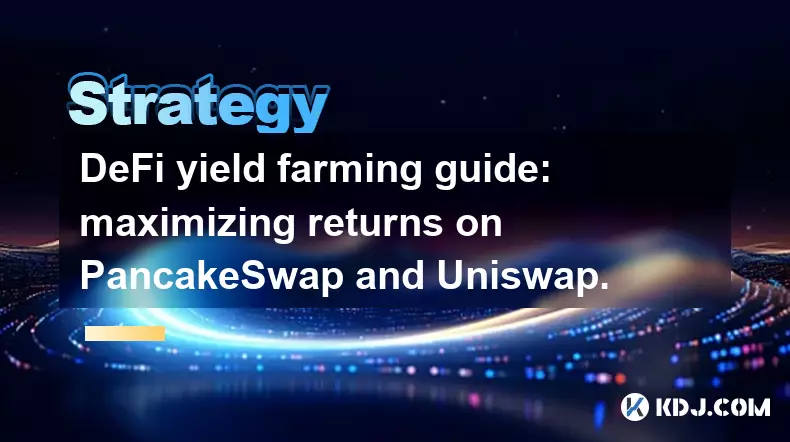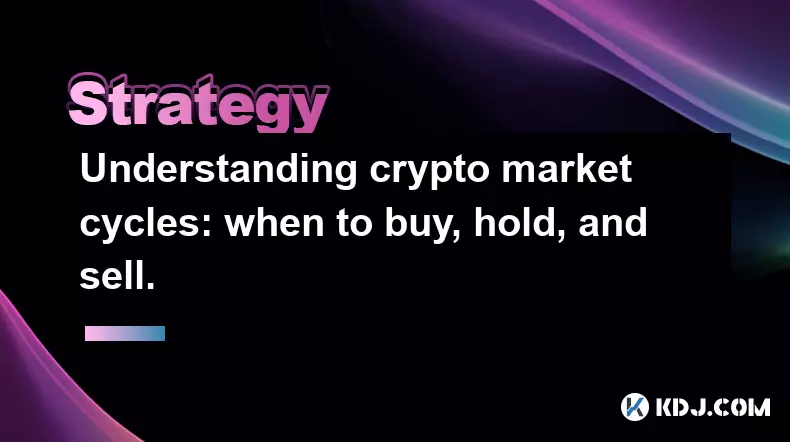-
 bitcoin
bitcoin $107015.826941 USD
-2.18% -
 ethereum
ethereum $3637.352324 USD
-5.18% -
 tether
tether $0.999831 USD
-0.02% -
 xrp
xrp $2.338078 USD
-6.23% -
 bnb
bnb $998.272150 USD
-6.97% -
 solana
solana $167.598257 USD
-10.12% -
 usd-coin
usd-coin $0.999863 USD
0.01% -
 tron
tron $0.282573 USD
-5.09% -
 dogecoin
dogecoin $0.169891 USD
-7.39% -
 cardano
cardano $0.557554 USD
-7.03% -
 hyperliquid
hyperliquid $39.914802 USD
-5.85% -
 chainlink
chainlink $15.414549 USD
-9.97% -
 bitcoin-cash
bitcoin-cash $510.361911 USD
-4.26% -
 ethena-usde
ethena-usde $0.999194 USD
-0.03% -
 stellar
stellar $0.282092 USD
-6.07%
Dollar-Cost Averaging (DCA) in crypto: a simple strategy for volatile markets.
Dollar-cost averaging (DCA) in crypto reduces risk by spreading purchases over time, minimizing the impact of volatility and eliminating emotional trading decisions.
Nov 02, 2025 at 06:54 pm

Dollar-Cost Averaging (DCA) in Crypto: A Practical Approach
1. Dollar-Cost Averaging, commonly known as DCA, is a method where investors consistently purchase an asset at regular intervals, regardless of price fluctuations. In the volatile world of cryptocurrency, this approach reduces the risk associated with timing the market. Instead of attempting to buy at the lowest point, investors spread their purchases over time, averaging out the cost.
2. Cryptocurrencies like Bitcoin and Ethereum are known for extreme price swings. A sudden 30% drop one week followed by a 50% surge the next makes emotional decision-making common. DCA removes emotion from investing by enforcing discipline. When prices fall, more units are acquired for the same dollar amount, lowering the average entry price over time.
3. This strategy suits both new and experienced traders. Beginners benefit from simplicity—no need to analyze charts or predict bottoms. Seasoned investors use DCA to build long-term positions without exposing themselves to short-term volatility shocks. The key lies in consistency rather than precision.
4. Automated trading bots and exchange features now allow users to set up recurring buys. Platforms such as Coinbase, Binance, and Kraken support scheduled purchases in major cryptocurrencies. Setting a fixed weekly or monthly investment—say $50 every Friday—ensures adherence without daily intervention.
5. Historical data shows that consistent DCA into Bitcoin over multi-year periods has yielded positive returns, even when initiated during high-price environments. For instance, starting a DCA plan during the 2021 bull run still resulted in gains for those who continued through the 2022–2023 bear market, provided they held into subsequent recoveries.
Why DCA Works in High-Volatility Conditions
1. Volatility in crypto markets often leads to panic selling or FOMO buying. DCA counters these impulses by maintaining a steady investment rhythm. When fear drives prices down, the strategy automatically increases exposure at lower levels, capitalizing on market overreactions.
2. Unlike lump-sum investing, which requires accurate market timing, DCA spreads risk across multiple entry points. This is especially useful in crypto, where regulatory news, macroeconomic shifts, or whale movements can trigger rapid price changes without warning.
3. By purchasing smaller amounts regularly, investors avoid the pressure of making perfect decisions. Missing a peak or bottom becomes irrelevant because the focus shifts to long-term accumulation rather than short-term performance.
4. Altcoins, which are typically more volatile than Bitcoin, also benefit from DCA. While many altcoins carry higher risk, applying DCA to a diversified basket of established projects can mitigate losses while preserving upside potential.
5. Market cycles in crypto tend to repeat, with extended bear phases followed by explosive growth. DCA allows investors to remain active during downturns when others exit, positioning them favorably when sentiment shifts back upward.
Implementing DCA: Tools and Tactics
1. Choose a reliable exchange that supports recurring buys. Ensure the platform offers the cryptocurrencies you intend to accumulate. Some platforms charge fees on automated purchases, so compare costs before committing.
2. Define your investment amount based on financial capacity, not speculation. Only allocate funds you can afford to lock in for months or years. Never use leverage or borrowed money when executing a DCA strategy.
3. Set a fixed schedule—weekly, bi-weekly, or monthly—and stick to it. Consistency matters more than frequency. Even small, regular contributions compound significantly over time, especially during low-price periods.
4. Consider pairing DCA with cold storage practices. As holdings grow, transfer accumulated assets to a secure wallet. This reduces exposure to exchange hacks and reinforces a long-term mindset.
5. Monitor your portfolio periodically but avoid adjusting the plan based on short-term price action. Rebalancing may be appropriate if your overall strategy evolves, but frequent changes undermine the core principle of disciplined investing.
Frequently Asked Questions
What happens if I start DCA during a market peak?Even if you begin investing when prices are high, continuing through a downturn lowers your average cost. As long as the asset retains long-term value, sustained buying will improve your position over time.
Can DCA be applied to DeFi tokens or NFTs?DCA works best with liquid, tradable assets. Most DeFi tokens listed on major exchanges can be included. NFTs are less suitable due to illiquidity and lack of standardized pricing, making regular purchases impractical.
Should I DCA into multiple cryptocurrencies at once?Yes, but diversification should be intentional. Spreading investments across a few well-researched projects reduces single-asset risk. Avoid overcomplicating with too many tokens, especially low-cap ones with uncertain fundamentals.
How do taxes affect DCA in crypto?Each purchase creates a taxable event in some jurisdictions, particularly when using other cryptocurrencies to buy. Keep detailed records of every transaction, including date, amount, and value in fiat, to simplify tax reporting.
Disclaimer:info@kdj.com
The information provided is not trading advice. kdj.com does not assume any responsibility for any investments made based on the information provided in this article. Cryptocurrencies are highly volatile and it is highly recommended that you invest with caution after thorough research!
If you believe that the content used on this website infringes your copyright, please contact us immediately (info@kdj.com) and we will delete it promptly.
- ZKsync Tokenomics: Utility Shift or Just Another Altcoin Bounce?
- 2025-11-05 00:40:13
- BTC, UK, Treasury Plan: Smarter Web's Bold Bitcoin Bet
- 2025-11-05 01:00:17
- Veterans Day Salute: Army & Air Force Exchange's Coin Giveaway and More!
- 2025-11-05 01:30:12
- Altcoin Investment in 2025: Is BlockchainFX Outperforming Render and Pudgy Penguins?
- 2025-11-05 01:30:12
- Sequans, BTC, and the Selling Stack: A Bitcoin Treasury Strategy Under Scrutiny
- 2025-11-05 02:20:01
- Blockchain Gaming: Digital Assets Unlock New Value and Combat Bots
- 2025-11-05 01:10:02
Related knowledge

Ethereum gas fees explained: how to save money on your transactions.
Nov 04,2025 at 04:01pm
Ethereum Gas Fees: Understanding the Basics1. Ethereum operates on a decentralized network where every transaction requires computational power to exe...

Kraken margin trading explained: a complete guide to leveraging your positions.
Nov 04,2025 at 02:19pm
Kraken Margin Trading Overview1. Kraken is one of the most established cryptocurrency exchanges offering margin trading to experienced traders seeking...

NFT flipping for beginners: a step-by-step guide to profitable trading.
Nov 02,2025 at 11:54pm
NFT Flipping Basics: Understanding the Market1. NFT flipping involves purchasing non-fungible tokens at a lower price and reselling them for profit, o...

DeFi yield farming guide: maximizing returns on PancakeSwap and Uniswap.
Nov 05,2025 at 12:20am
Understanding Yield Farming on PancakeSwap and Uniswap1. Yield farming has become a central activity in the decentralized finance (DeFi) space, allowi...

How to find the next 100x altcoin: a fundamental analysis checklist.
Nov 02,2025 at 09:54pm
Decentralized Exchanges Are Reshaping Trading Dynamics1. Decentralized exchanges (DEXs) have emerged as a powerful alternative to centralized platform...

Understanding crypto market cycles: when to buy, hold, and sell.
Nov 02,2025 at 11:19am
Decoding the Rhythm of Crypto Market Cycles1. The cryptocurrency market operates in recurring phases marked by predictable psychological and financial...

Ethereum gas fees explained: how to save money on your transactions.
Nov 04,2025 at 04:01pm
Ethereum Gas Fees: Understanding the Basics1. Ethereum operates on a decentralized network where every transaction requires computational power to exe...

Kraken margin trading explained: a complete guide to leveraging your positions.
Nov 04,2025 at 02:19pm
Kraken Margin Trading Overview1. Kraken is one of the most established cryptocurrency exchanges offering margin trading to experienced traders seeking...

NFT flipping for beginners: a step-by-step guide to profitable trading.
Nov 02,2025 at 11:54pm
NFT Flipping Basics: Understanding the Market1. NFT flipping involves purchasing non-fungible tokens at a lower price and reselling them for profit, o...

DeFi yield farming guide: maximizing returns on PancakeSwap and Uniswap.
Nov 05,2025 at 12:20am
Understanding Yield Farming on PancakeSwap and Uniswap1. Yield farming has become a central activity in the decentralized finance (DeFi) space, allowi...

How to find the next 100x altcoin: a fundamental analysis checklist.
Nov 02,2025 at 09:54pm
Decentralized Exchanges Are Reshaping Trading Dynamics1. Decentralized exchanges (DEXs) have emerged as a powerful alternative to centralized platform...

Understanding crypto market cycles: when to buy, hold, and sell.
Nov 02,2025 at 11:19am
Decoding the Rhythm of Crypto Market Cycles1. The cryptocurrency market operates in recurring phases marked by predictable psychological and financial...
See all articles










































































